6 Ways to Navigate Winter Driving Hazards
Winter driving presents unique hazards that require truck drivers to adjust their driving style...

Great West |
Winter driving presents unique hazards that require truck drivers to adjust their driving style...
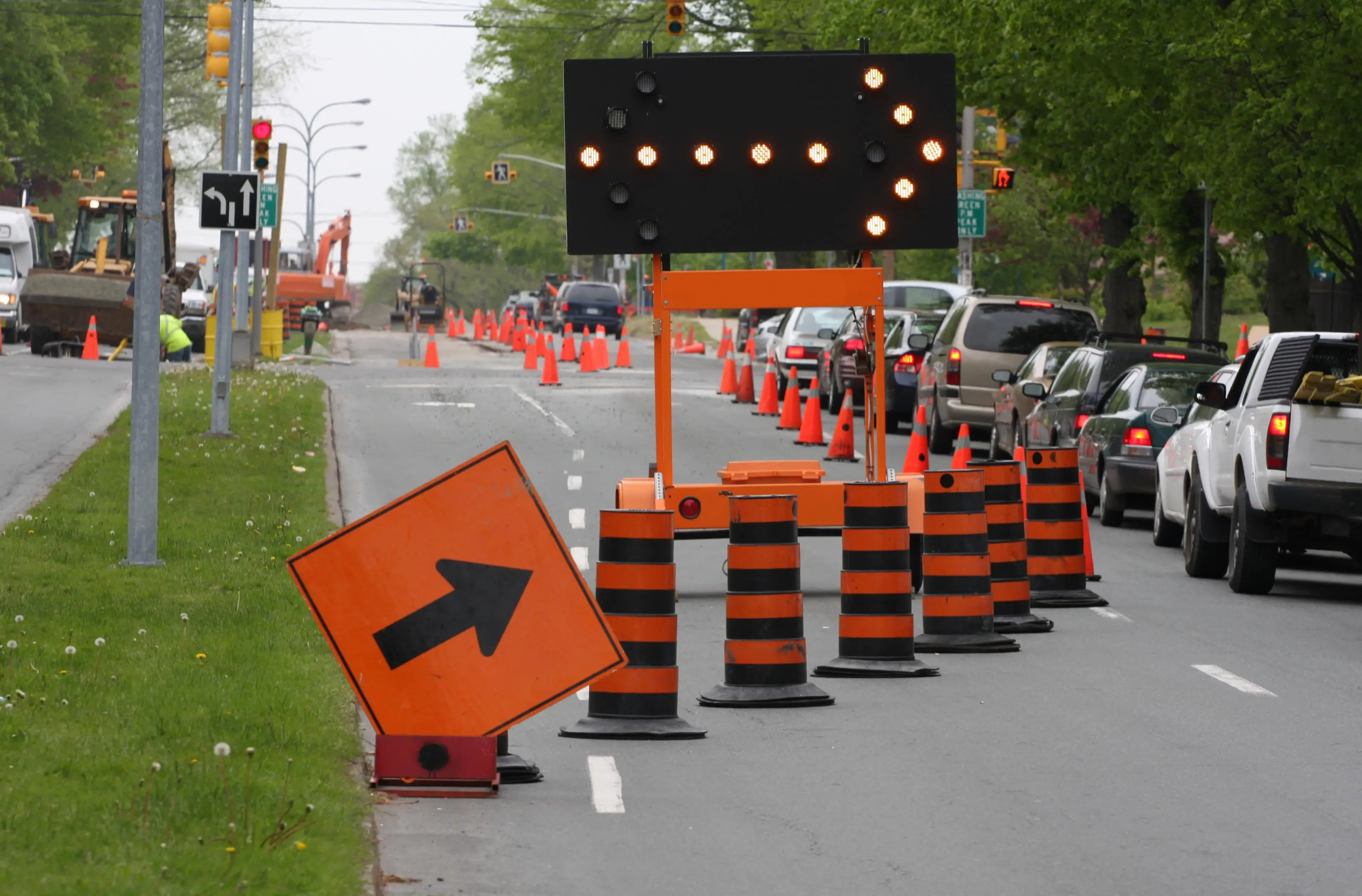
Great West |
It cannot be overstated: a motor carrier’s operations staff is essential to preventing vehicle...

Great West |
Driving in the fall creates a new set of seasonal risks for drivers. From...
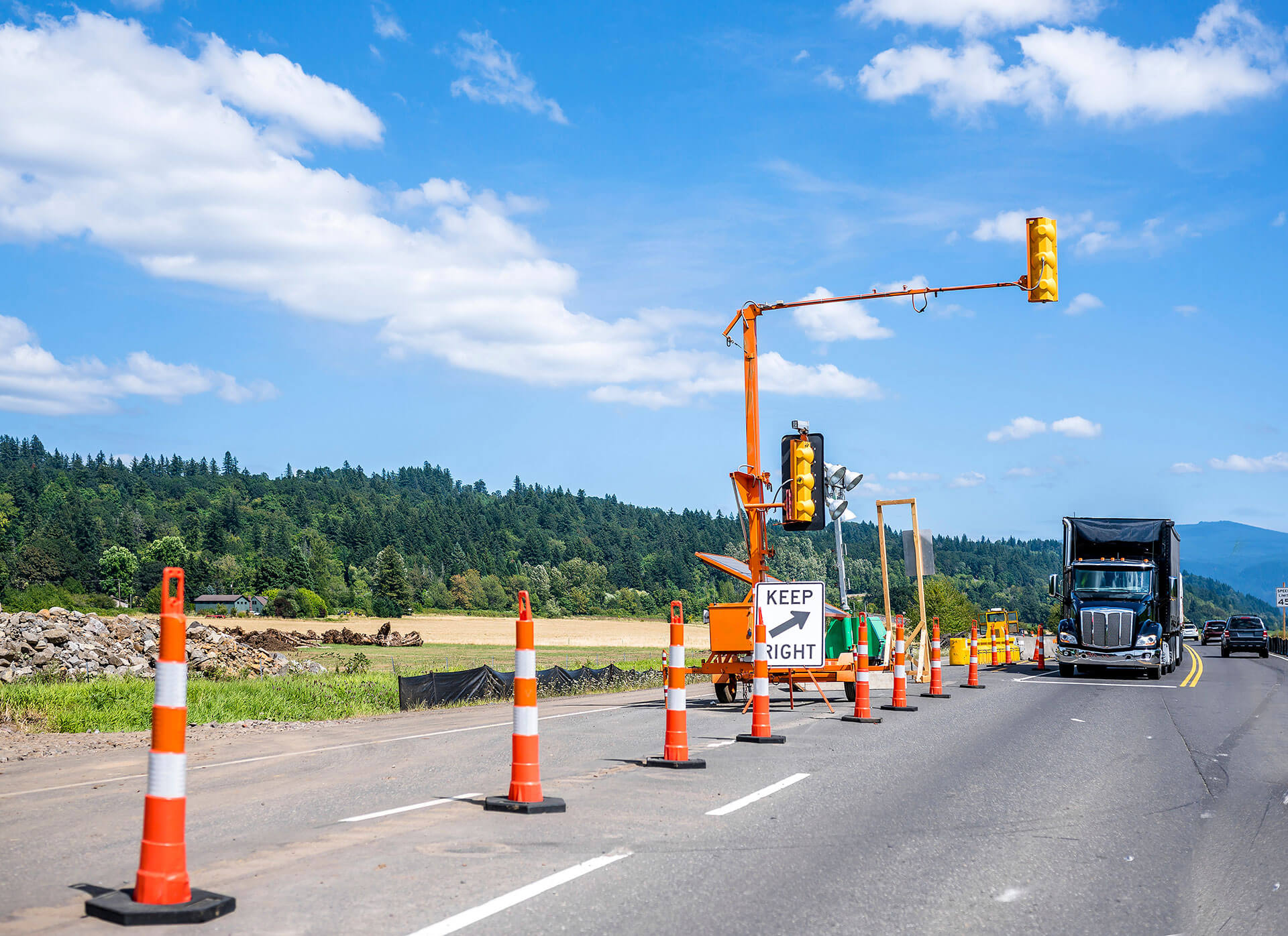
Great West |
Summer driving presents many challenging conditions for drivers....
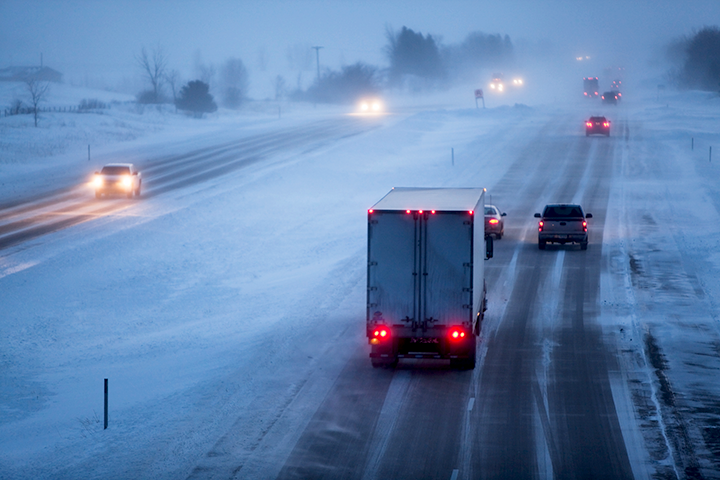
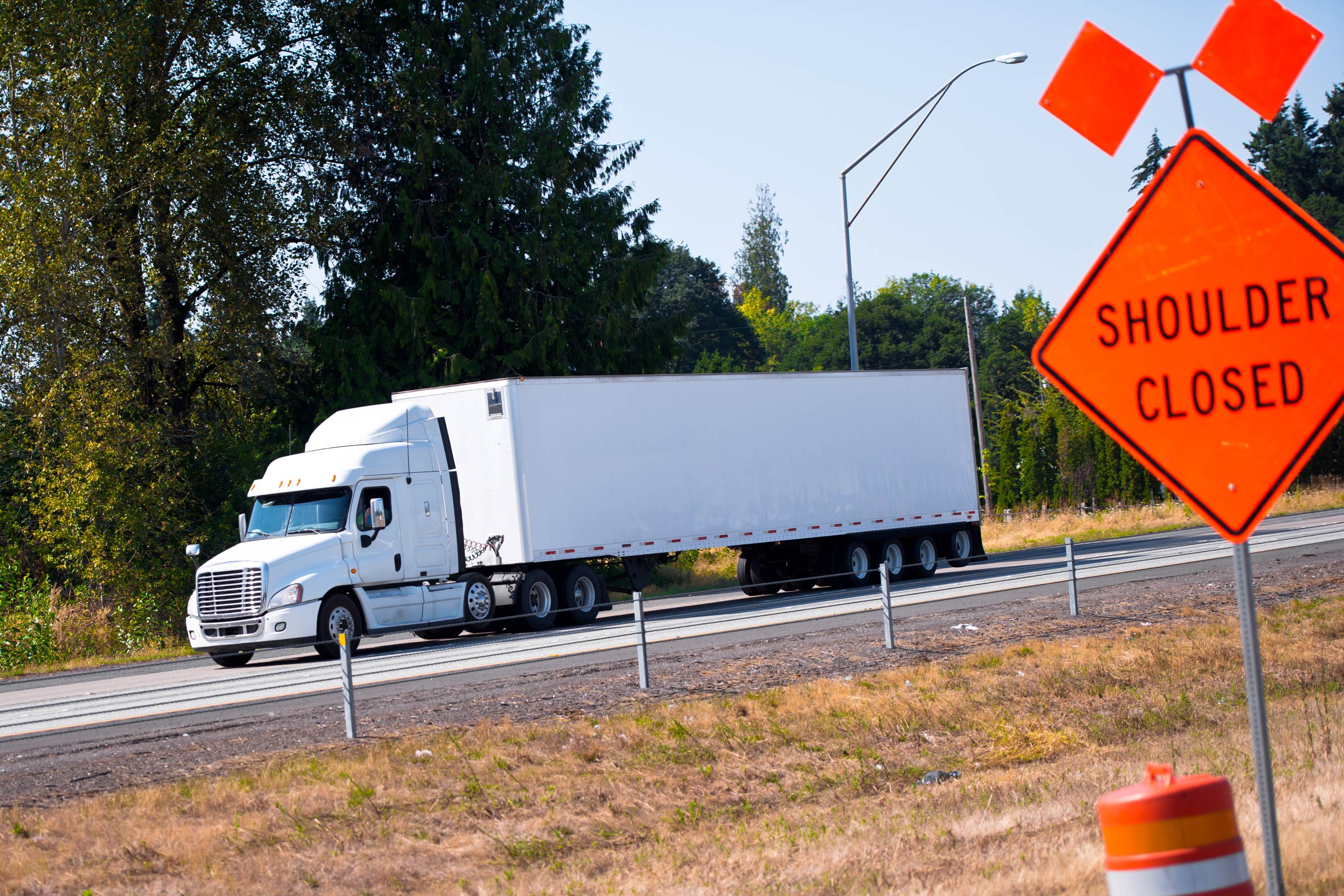
Great West |
Spring has returned for most of the country, which means operations staff should take time to...

Great West |
The start of school is here, and so are the seasonal hazards that increase the risk of truck...

Great West |
Yes, school is back in session and that means school zone safety.
We have all heard it said,...

Great West |
Summer is here, and a new set of driving hazards is sure to raise a driver’s stress level as...

Great West |
Winter is nearly in the rearview mirror, which means it is time to start thinking about spring and...
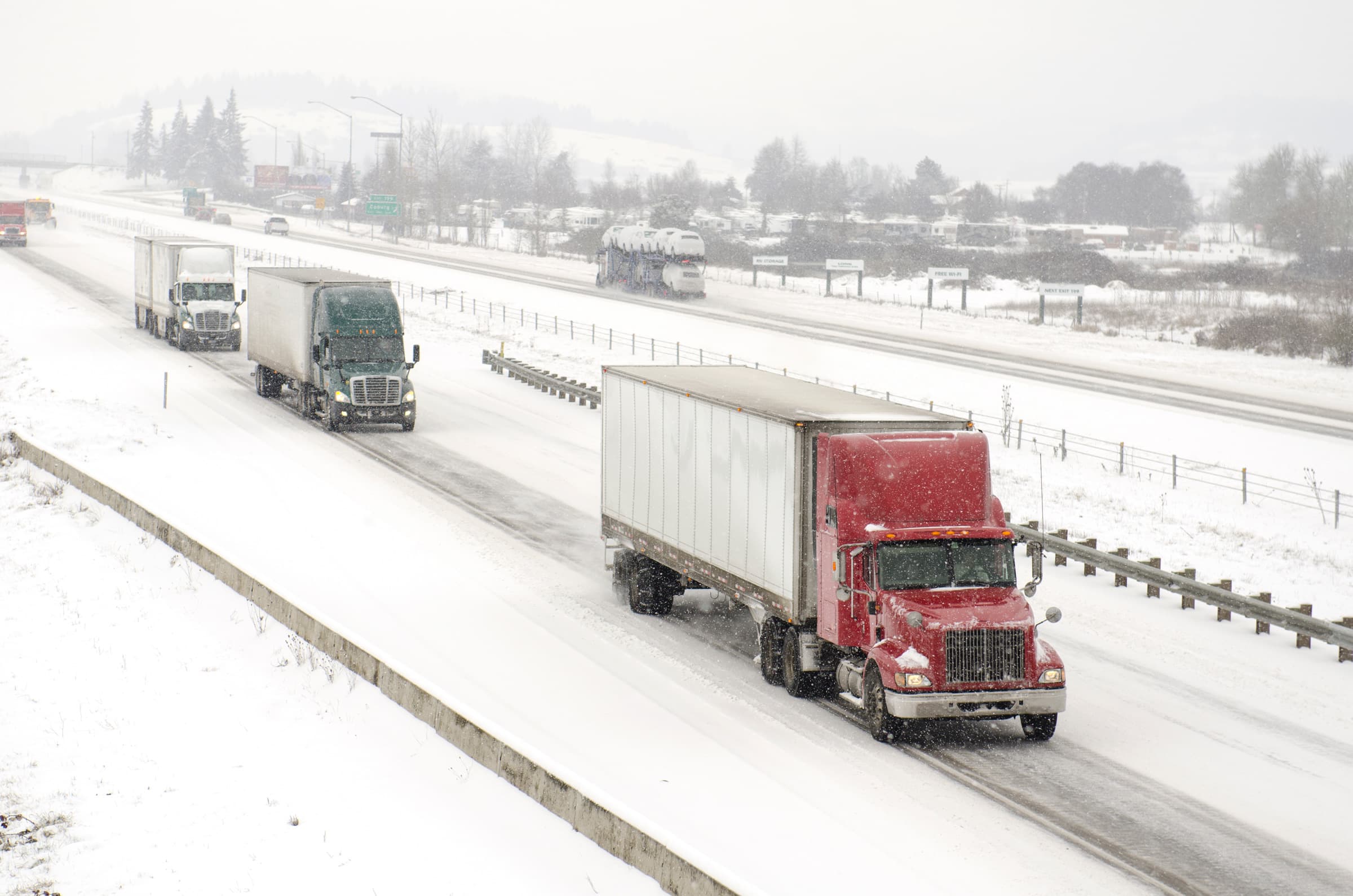
Great West |
During the winter months, most of the country is exposed to adverse weather conditions that...

Great West |
Winter driving can be dangerous. The possibility of losing control of one’s vehicle and the need to...